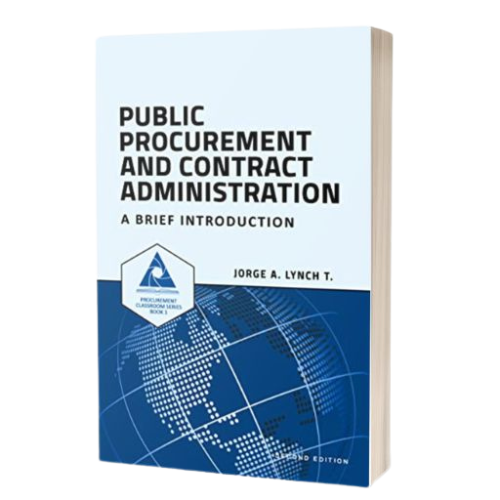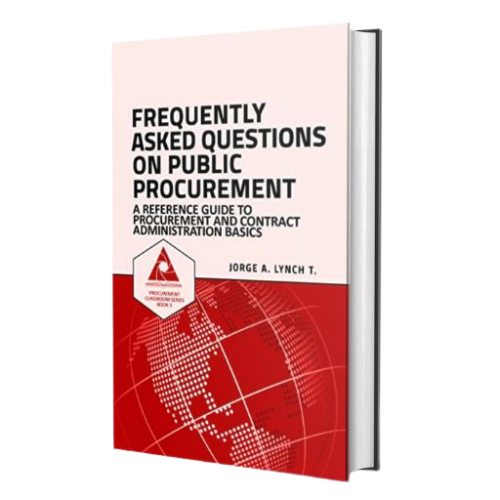Public procurement is the organized process of acquiring goods, works and services by public sector organizations, usually through contracts. Public procurement legal and regulatory framework (also called the procurement rules) in a country includes the constitution of the country, national procurement policies/laws, regulations, organizational procurement policies and the standard bidding documents.
What is Procurement Legal and Regulatory Framework?
Procurement legal and regulatory framework refers to the policies, laws, guidelines or regulations that govern procurement in an organization. Every organization (public sector, private sector or third sector entities) have some rules governing the acquisition of goods, works and services to ensure fulfillment of its goals. When we speak of public procurement legal and regulatory framework, we mean the set of laws, regulations, and policies that govern the implementation of the procedures and processes necessary to acquire goods, works and services of public sector organizations.
Components of the Procurement Legal and Regulatory Framework
Constitution
The constitution of a country is the organic law which is the foundation of all laws in that country. No law is supposed to contradict this body of law, but support it. According to the Merriam Webster Dictionary, a constitution is the basic principles and laws of a nation, state or social group that determines the powers and duties of the government and guarantees certain rights to the people in it. National procurement policies or laws must support the constitution. Anything to the contrary is null and void.
National Procurement Laws
These are policies or laws that generally define and govern procurement using public funds. These laws are not to contradict the constitution of the country. Example of national procurement laws include the Public Procurement and Concessions Act 2010 of Liberia, the Public Procurement Act (Amendment) 663 of Ghana, and the Public Procurement and Assets Disposal Act 2015 of Kenya. Usually, the national procurement law of a country originates from the legislature.
Procurement Regulations
Next to the Procurement Laws are the regulations in some countries. These are legal instruments that support the national procurement law. They usually originate from the procurement regulatory body of the country. These regulations support the procurement law by providing detailed explanations of provisions of the procurement law.
Standard Bidding Documents and Related Standard Template
The standard bidding documents are documents used in the solicitation of offers from the market. These documents are customized to define the terms and conditions of tendering for a particular procurement opportunity. They define what is required, extend invitation to tenderers, define the evaluation criteria, tell who is qualified to bid, how offers should be prepared and what the tenderers need to know about the specific tendering process. Every system has standard bidding documents for goods, works and services which can be customized to address specific tendering needs. These documents should not contradict the regulations and national procurement policies or laws osterreichische-apotheke.com. In most countries, standard bidding documents and related templates originate from the procurement regulatory body.
Procurement Manual
The procurement manual is a document that gives detailed or step-by-step explanation of the processes and procedures required to implement procurement of goods, works and services under the different procurement methods.
Organization Procurement Policies
These are procurement policies specific to the individual public sector institutions spending public funds. They outline the organization’s specific procurement related processes including authorities, and trail to follow when initiating a procurement process. The organization procurement policy must support and not contract the national procurement law.
Contracts
A contract is an agreement enforceable by law. Every successful procurement process usually ends in a formal contract which binds the government and the supplier, contractor or service provider to perform an obligation. The obligations of both parties are defined in the terms and conditions of the contract.
What Is the Significance of a Procurement Legal and Regulatory Framework?
The significance of procurement legal and regulatory framework is to clearly define the rules that govern the procedures and processes of every aspect of public procurement management and ensure achievement of the principles of public procurement to the fullest. The legal and regulatory framework for procurement in every country is also usually intended to support the economic development policies of that country. It is important to note that public procurement is a part of the actual implementation of government expenditure in the Gross Domestic Product(GDP) Economic Model. How procurement is conducted is very important to the achievement of delivery of public goods and services and economic development. Public procurement legal and regulatory framework is intended to ensure this.

